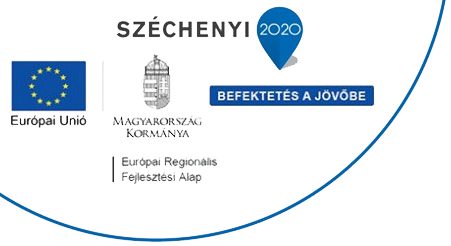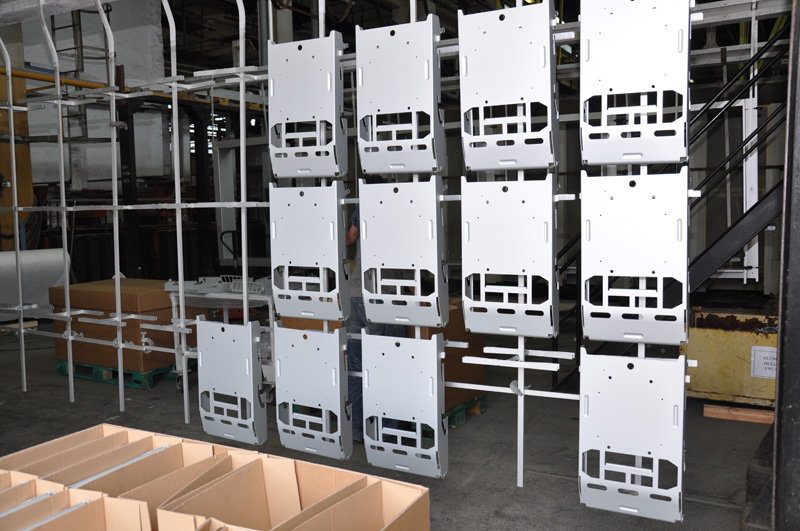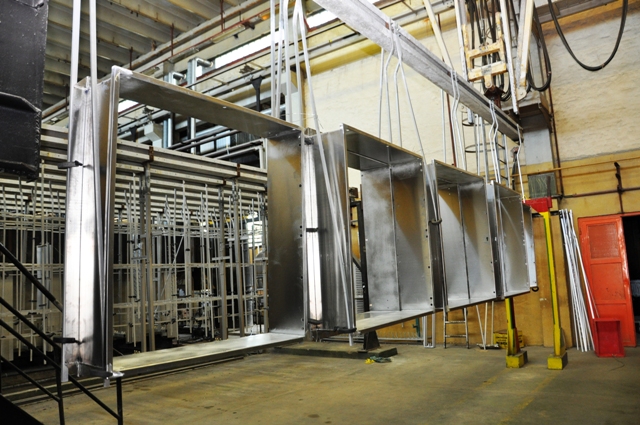| Contact | Telefon: 76/546-013 |
| GORTER FÉMIPARI ZRT. | Fax: 76/546-010 |
| Kerekegyháza, Dózsa György út 1. | Email: info@gorterzrt.hu |
- Tenders
- News
- About US
- Our Services
- Quality and Environment
- Possibilities
- Our Products
- References
- Download
- Contact
Gorter Fémiapari Zrt. 2012 Minden jog fenntartva.









.jpg)



